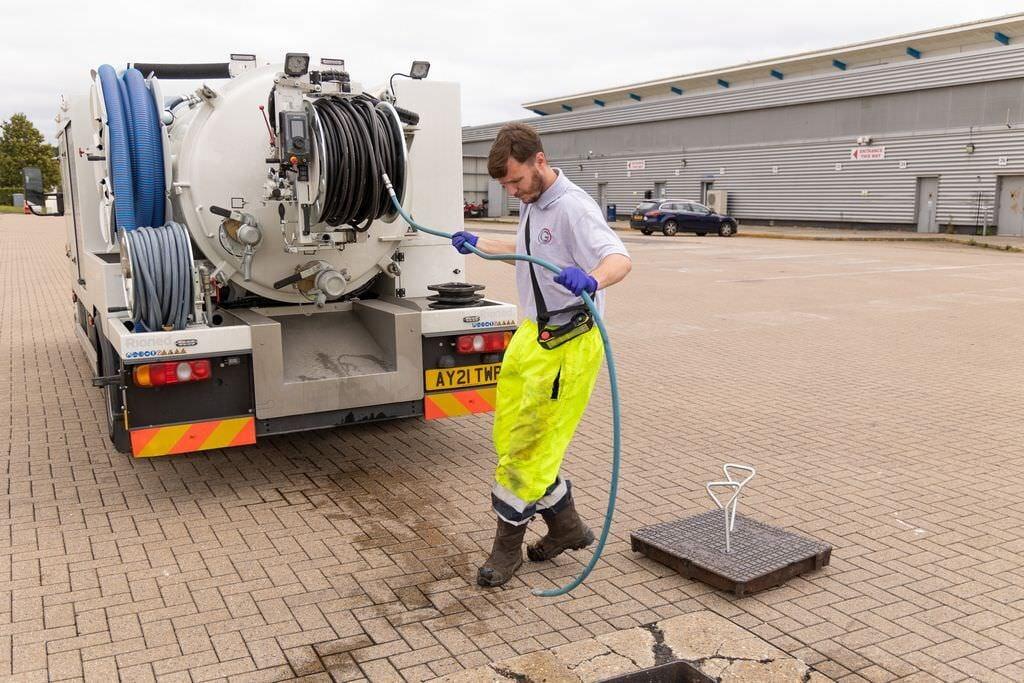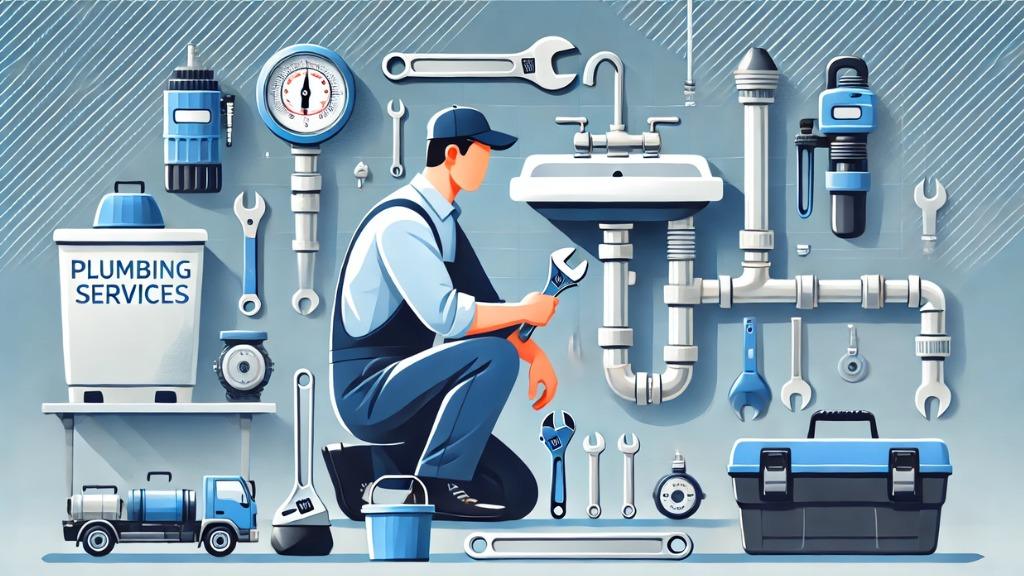Have you ever faced a clogged sink just before the arrival of guests, or has a slow-flowing shower turned into an indoor flood? The blocked drains are more than a discomfort; They can dishonest the rogue growth of bacteria and repair expensive plumbing if left uncontrolled.
Good news? You do not need a plumber for every blockage. With the correct equipment, technology, and preventive measures, you can deal with most drain problems. This guide will detect the best drain-unblocking solutions, from quick DIY fixes to professional interventions, making sure that your plumbing remains in the top position.
Why in the drain unlocking cases
1. Prevents water damage
Blocked drains can cause water overflow, causing leaks, structural damage, and mold growth.
2. Excludes from dishonesty
The definition of debris in stable water and closed pipes produces unpleasant odors that can spread throughout your house.
3. Saves money on repair
Regular maintenance and time ambiguity prevent severe plumbing issues, avoiding expensive repair bills.
4. Improves hygiene
Bacteria, fungi, and even pests in the water standing in blocked pipes also raise a health risk for your home.
Common causes of drain
- Understanding the root cause of your drainage problem helps you apply the best unblocking solution. Here are the top criminals:
- Hair and Soap Gums – A major issue in bathroom drains, which form viscous bunches that slow down water flow.
- Food Greece and Oil – Grout inside the kitchen pipe, implicates other debris.
- Foreign goods – objects like wipes, sanitary products, or paper towels do not break easily and cause stubborn clogs.
- Tree roots – Tree roots can infiltrate underground drain pipes, causing major obstacles.
- Mineral Buildup – Hard water deposits gradually narrow pipes, causing slow drainage.
Step-by-step guide: How to unblock a drain
1. Method of boiling water (for mild clogs)
Best for: Greece and Soap Men.
- Boil a kettle of water.
- Gently put it under the drain in two to three stages.
- Let it sit for a few minutes and test it to see if the blockage is cleared.
2. Baking soda and vinegar (natural solution)
Best for organic debris, smell, and light clogs.
- Add ½ cup of baking soda to the drain.
- Follow with 1 cup of white vinegar.
- Fix it for 10-15 minutes.
- Flush with warm water to clean loose debris.
3. Plunge technology (mechanical solution)
Best for: Sink and toilet concrete blockage.
- Fill the sink or toilet with water to cover the suction area of the plunger.
- Place the rider over the drain and push it down firmly.
- Pump strictly for about 20-30 seconds.
- Release and check whether the water freely gives drains to drains.
4. Drain snake (for deep clogs)
Best for: Hair clogs and stubborn debris.
- Add a drain barman (snake) to the pipe.
- Push to break the obstruction.
- Pull it out and discard the debris.
- Flush the drain with warm water.
5. Chemical drain cleaner (use with caution)
Best for: severe greece or organic matter buildup.
- Choose a commercial drain cleaner (eg, dunno or green cooler).
- Follow the instructions carefully.
- Avoid excessive use to prevent pipe damage.
6. Call a professional (for major interruptions)
Best for: Tree root infiltration, collapsed pipe, or recurring obstruction.
- If the DIY solution fails, contact a licensed plumber.
- Professionals use hydrojetting or CCTV drain cameras to diagnose and fix deep issues.
Actionable tips to prevent drain blocks
- Use the drain screen: Hair prevents food scrap and debris from entering the pipe.
- Settle oil properly: Use oil in a container and leave it instead of washing the groove.
- Flush drains monthly: Use baking soda and vinegar regularly to prevent buildup.
- Keep in mind the flushing wipes, sanitary products, and excessive toilet paper you flush.
- Regular inspection schedule: prone to buildups, especially for old plumbing systems.
Common mistakes to escape
1. Using too much chemical cleaner
Excessive use of rigid drain cleaners can scrape the pipe, which can lead to expensive replacement.
2. Ignore
Slow drainage, gurgling sounds, or evil smells indicate early clog formation – find it immediately!
3. Greece under the drain
Even with warm water, Greece finally accumulates and closes the pipes.
4. DIY’s attempt at serious interruptions
For deep or recurring clogs, professional help is safe and more effective.
Future trends in drain unblocking
1. Smart Drain Monitoring
The IOT-Saksham Drain Sensors Alert Emergency Plumbing Calls, alert the owners of the house of the initial clogged formation.
2. Environmentally friendly drain cleaner
Biodegradable and enzyme-based solutions are becoming popular, reducing environmental damage.
3. High-pressure water jetting
An advanced method to clean stubborn obstacles without damaging the pipe.
4. Self-cleaning drain technology
New plumbing innovations include built-in flushing mechanisms to reduce obstructions.
Final Idea: Take control of your drains
Blocked drains are a nuisance, but with the correct knowledge and equipment, you can deal with most issues quickly and effectively. Regular maintenance, initial intervention, and smart prevention techniques will flow your drains smoothly.
Do you have frequent interruptions? Try the above-mentioned solution or contact a professional for specialist assistance. A well-maintained drain system means a cleaner, healthier, and stress-free home!




